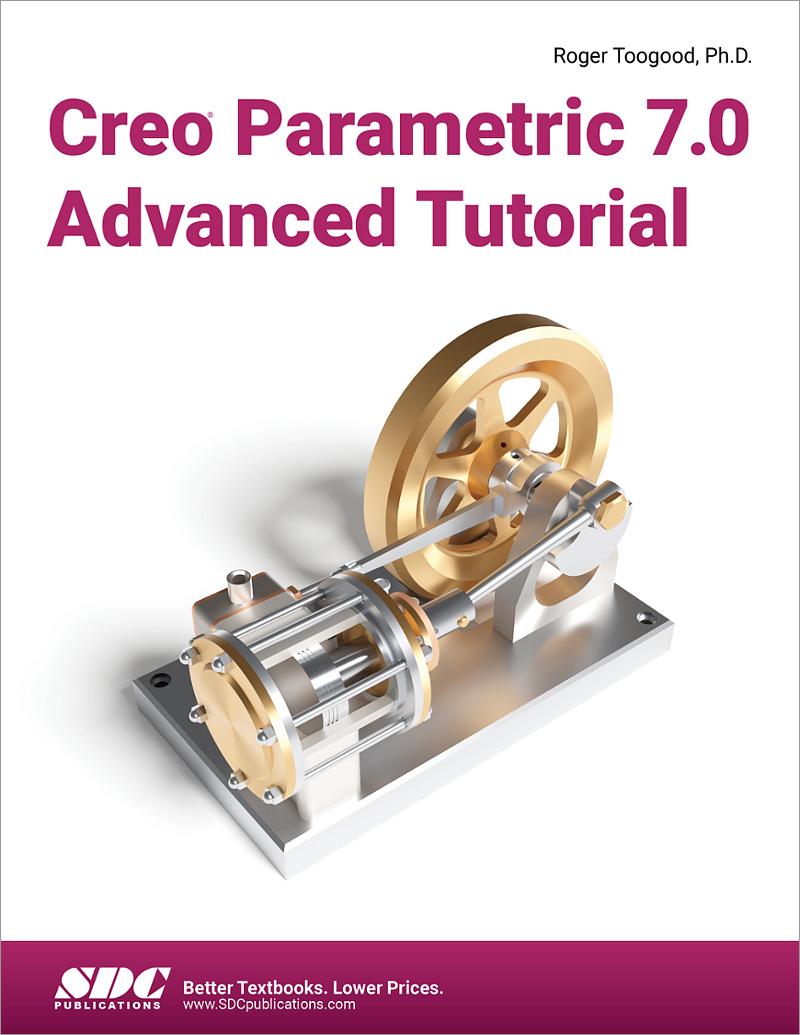
Its founder, Jon Hirschtick, wanted to develop a simple, Windows-based CAD that would also be cheap to purchase. SolidWorksġ993 was the year of SolidWorks’s foundation as a company. From this period of about 20 years originates the legendary reputation that Pro/E is difficult to use and learn. This early, the focus on usability and user-friendliness of Pro/Engineer was only partially important. Over time and in countless benchmarks Pro/E, temporarily called Wildfire, proved how good the function and the speed of the program is.

Known then as Pro/ENGINEER and born into a world where the UNIX workstations of SUN, Apollo and however they were all called, with their computing power, graphics performance and storage space, were absolutely ridiculous.įor PTC, the main focus was always the performance and depth of the functions as it was built from the top down.

Pro/ENGINEER (now Creo Parametric) has been around since 1987 and was first introduced to the public in Detroit. Back then, he had the first ideas for a parametric and feature-based CAD software. We will take a closer look at the eternal rivals PTC Creo Parametric and SolidWorks of Dassault in 3 main points. In this blog post I would like to explain to you where these “stories” come from and where we stand today. PTC Creo Parametric vs SolidWorks – History These opinions are clearly shaped by the rivalry between Creo, formerly Pro/ENGINEER (Pro/E) and SolidWorks. Many of these engineers have been involved in construction since the 2D era of the CAD world and know 3D CAD systems from the early days.

Now, of course, the question is where these stories and opinions come from, especially if they are users of a non-parametric CAD system? Most of the time, these points of view come from very experienced and veteran designers and that is no coincidence. The classic is, however, that a parametric CAD would not work for our products. This CAD System is a direct modeler that has been under PTC’s roof for several years. Often, customers will tell old horror stories like how a parametric CAD is not able to function or, particularly for Creo Parametric, that it’s too complex and too difficult to use, especially if you are a user of PTC Creo Elements/Direct Modeling, formerly known as CoCreate. In conversation with customers you often come across other CAD systems, of course.

As a senior consultant for PDSVISION I spend a lot of time with customers in the field.


 0 kommentar(er)
0 kommentar(er)
